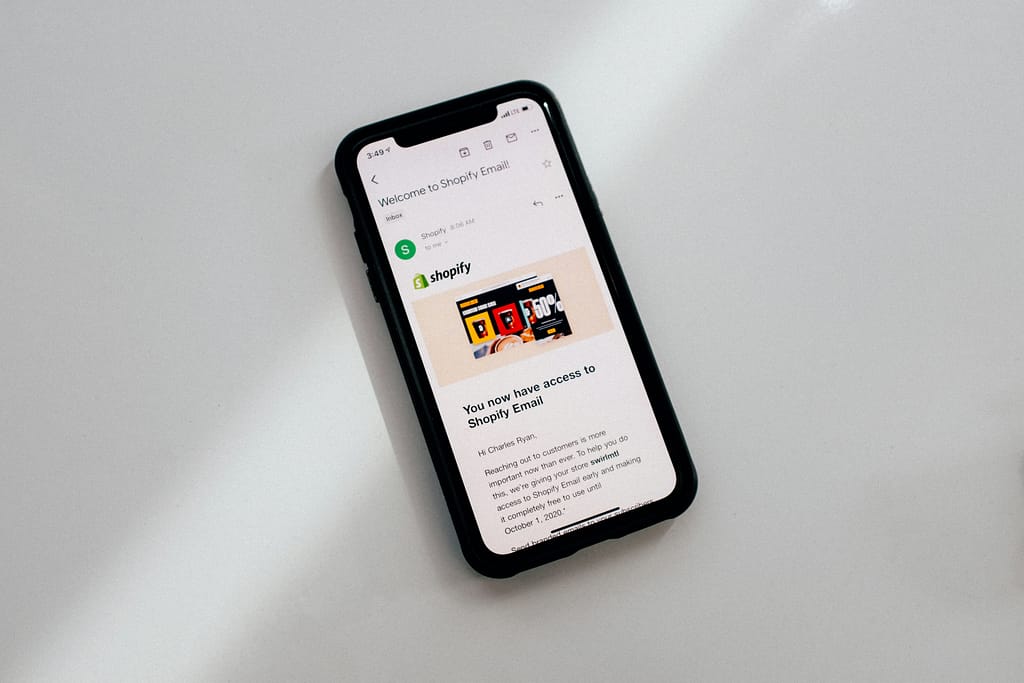Email marketing remains one of the most effective digital marketing strategies, offering businesses a direct line to their audience. However, not all email marketing campaigns yield the desired results. The secret to maximizing the effectiveness of your email campaigns lies in email segmentation. By dividing your email list into specific segments based on various criteria, you can deliver more personalized and relevant content to your audience, which can significantly improve engagement, conversions, and overall campaign success.
1. What is Email Segmentation?
Email segmentation is the process of dividing your email subscribers into smaller groups based on specific characteristics, behaviors, or preferences. These segments can be based on demographics (age, gender, location), past purchase behavior, engagement level, or even the type of products or services a subscriber has shown interest in.
Segmentation allows marketers to send more targeted emails, which can lead to higher open rates, click-through rates, and conversion rates. Instead of sending a generic email blast to your entire list, segmentation enables you to tailor your message to the unique needs and interests of each segment.
2. The Benefits of Email Segmentation
Segmentation offers several benefits that can greatly enhance the effectiveness of your email marketing campaigns:
- Increased Open Rates: Emails that are tailored to the interests and needs of a specific segment are more likely to be opened than generic emails. For example, if a subscriber has previously purchased women’s clothing from your store, sending them emails about new arrivals in the women’s section will likely result in a higher open rate.
- Improved Click-Through Rates: When the content of an email is relevant to the recipient, they are more likely to click on the links within the email. This is especially true if the email includes personalized product recommendations or offers.
- Higher Conversion Rates: By sending targeted emails that address the specific needs and pain points of a segment, you increase the chances of converting subscribers into customers. For example, a subscriber who has shown interest in fitness products may be more likely to make a purchase if they receive a discount code for a new line of fitness equipment.
- Enhanced Customer Experience: Segmentation allows you to create a more personalized experience for your subscribers, which can lead to increased customer satisfaction and loyalty. When subscribers receive content that is relevant and valuable to them, they are more likely to engage with your brand and continue doing business with you.
3. How to Segment Your Email List
There are various ways to segment your email list, depending on the nature of your business and the data you have available. Here are some common methods of segmentation:
- Demographic Segmentation: This involves segmenting your list based on demographic factors such as age, gender, income level, education, and location. For example, a fashion retailer may segment their list by gender to send relevant clothing offers to men and women.
- Behavioral Segmentation: This method involves segmenting your list based on the behavior of your subscribers, such as their purchase history, browsing behavior, and engagement with previous emails. For example, you could create a segment of subscribers who have not made a purchase in the last six months and send them a re-engagement email with a special offer.
- Psychographic Segmentation: This involves segmenting your list based on the lifestyle, values, and interests of your subscribers. For example, a health food brand may segment their list based on subscribers who are interested in vegan products and send them relevant recipes and product recommendations.
- Engagement-Based Segmentation: This method involves segmenting your list based on how engaged subscribers are with your emails. For example, you could create a segment of subscribers who consistently open and click on your emails and reward them with exclusive offers or content.
- Purchase History Segmentation: This involves segmenting your list based on the past purchases of your subscribers. For example, you could create a segment of subscribers who have previously purchased a specific product and send them emails about related products or accessories.

4. Best Practices for Effective Segmentation
While segmentation can significantly improve the effectiveness of your email marketing campaigns, it’s important to follow best practices to ensure success:
- Use Accurate and Up-to-Date Data: The effectiveness of your segmentation depends on the accuracy of your data. Ensure that your subscriber data is up-to-date and use tools like CRM systems to track and manage subscriber information.
- Test and Optimize: Not all segments will respond to the same type of content. Continuously test different segments and optimize your emails based on the results. A/B testing can help you determine which content resonates most with each segment.
- Avoid Over-Segmentation: While segmentation is important, it’s possible to go overboard. Over-segmentation can lead to smaller segments that are difficult to manage and may not yield significant results. Focus on creating segments that are meaningful and have enough subscribers to make a difference.
- Personalize Content: Use the data you have on each segment to personalize the content of your emails. This could include personalized subject lines, product recommendations, and offers tailored to the interests of each segment.
- Monitor Performance: Regularly monitor the performance of your segmented email campaigns. Track metrics like open rates, click-through rates, and conversions to assess the effectiveness of your segmentation strategy and make adjustments as needed.
5. The Future of Email Segmentation
As technology continues to evolve, the future of email segmentation looks promising. Artificial intelligence (AI) and machine learning are already playing a significant role in helping marketers automate and optimize their segmentation strategies. These technologies can analyze vast amounts of data to identify patterns and trends that may not be immediately apparent to human marketers.
In the future, we can expect to see even more advanced segmentation techniques that take into account real-time data, predictive analytics, and hyper-personalization. This will allow marketers to deliver even more relevant and timely content to their subscribers, further improving the effectiveness of email marketing campaigns.
At TechUpgrade, we understand the importance of segmentation in email marketing. Our team of experts can help you develop and implement a segmentation strategy that drives results. Whether you’re looking to increase engagement, improve conversions, or enhance customer experience, we have the tools and expertise to help you achieve your goals.
Ready to take your email marketing to the next level?
Contact us today to learn more about our services and how we can help you succeed.



